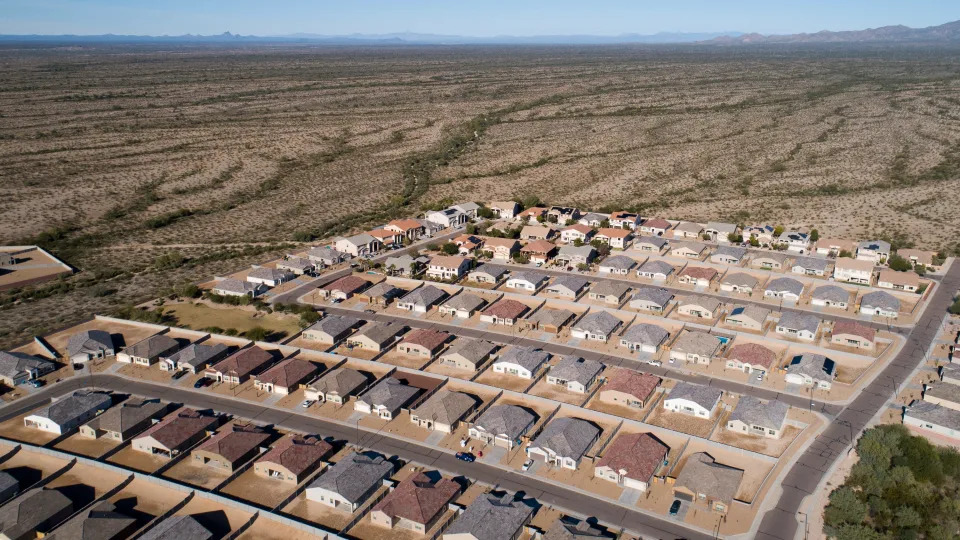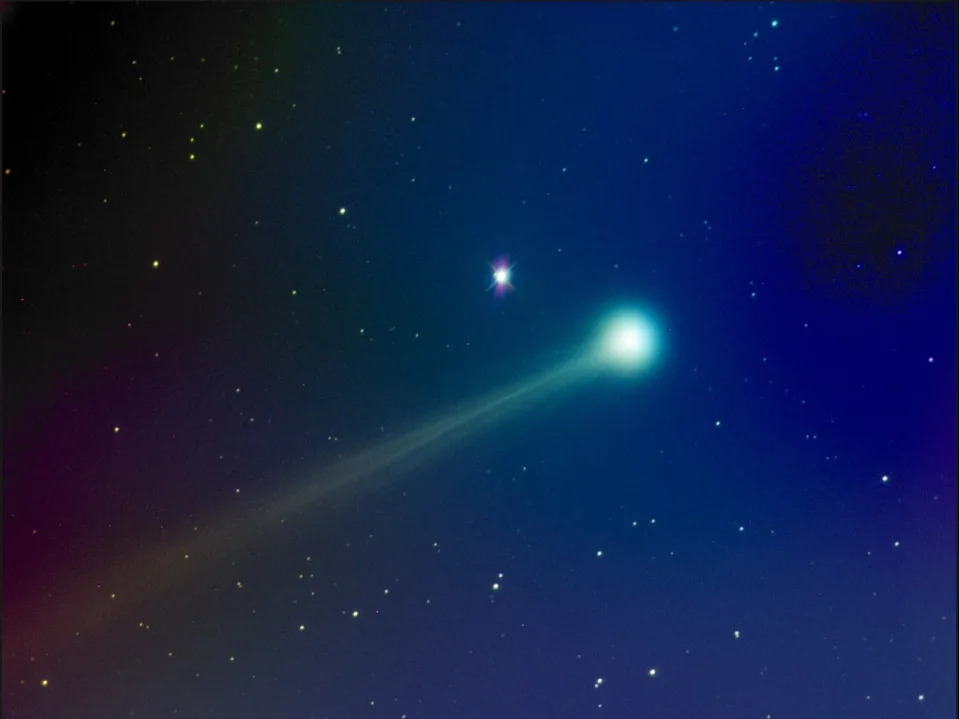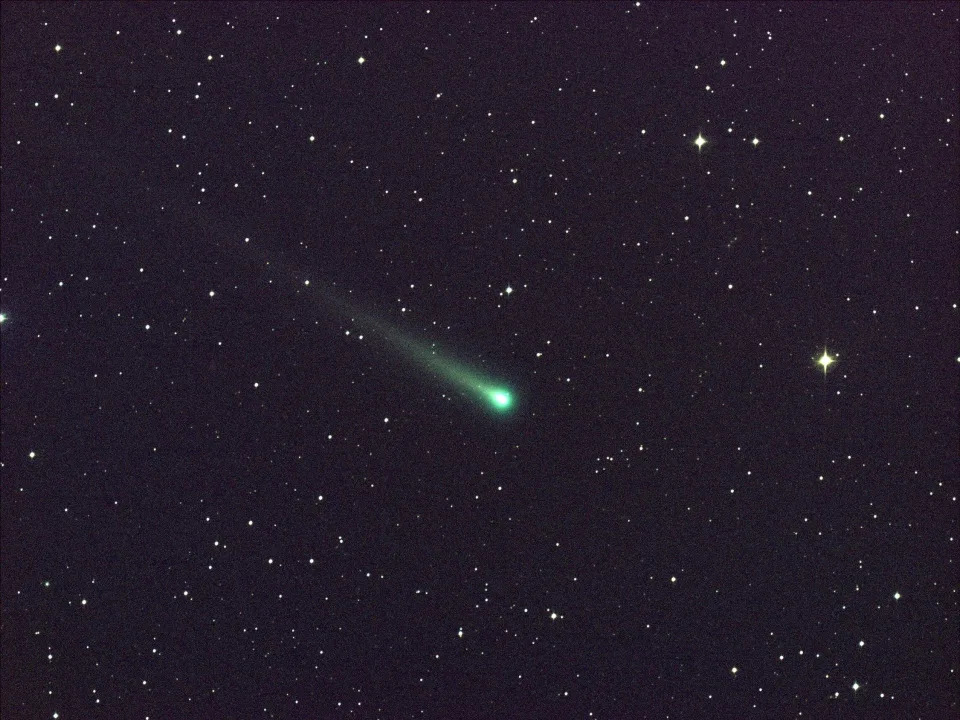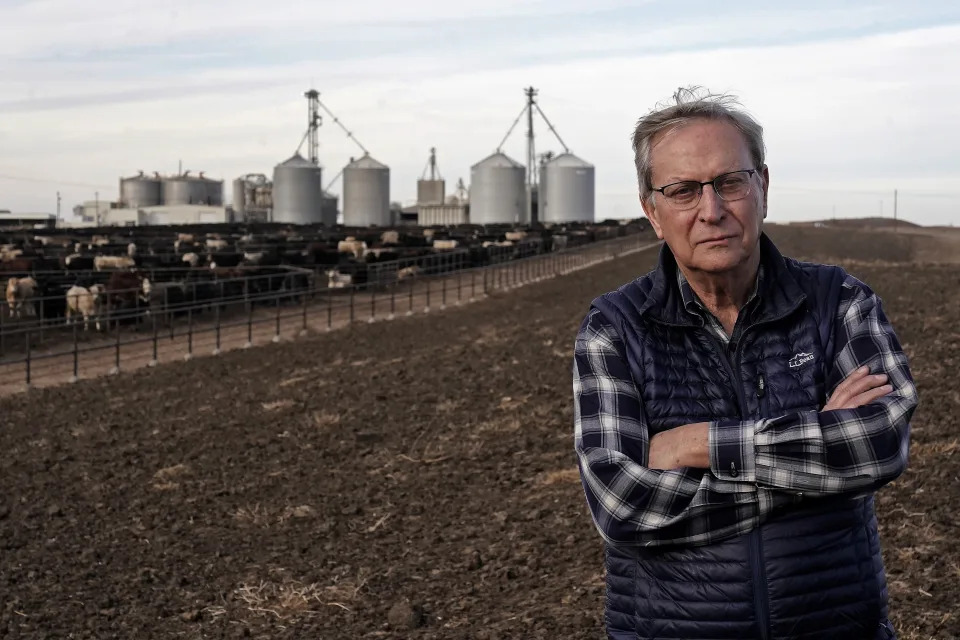AZ Central – The Arizona Republic
Gov. Katie Hobbs issued a ‘wake-up call’ on groundwater. Is anyone listening?
Joanna Allhands, Arizona Republic – January 11, 2023

Gov. Katie Hobbs called it a “wake-up call” on water.
Whether it is remains to be seen.
The newly elected governor spent a good chunk of her first State of the State address talking about the “challenge of our time: Arizona’s decades-long drought, over usage of the Colorado River, and the combined ramifications on our water supply, our forests and our communities.”
She released a long-awaited model that shows parts of the far West Valley don’t have enough groundwater to sustain all users for the long term (more on that in a second).
And she called for swift action – particularly to address rural groundwater problems that have been festering for decades.
It’s the right tone, but will lawmakers agree?
Hobbs struck the tone that many in the water community have long sought from elected leaders – one that noted we’re not playing around, that there are consequential decisions we must make (and soon) to protect our dwindling water supplies.
But how willing is the Legislature to play along?
As infrastructure crumbles:Small towns face escalating water fees
There have been rumors aplenty about what may or may not be addressed this session, and right now, there are few answers, particularly on how far lawmakers might be willing to go on water regulation, something they have resisted for years.
Former Rep. Regina Cobb got nowhere on an effort to give rural communities more tools to manage groundwater use and more flexibility to choose which measures best fit their circumstances.
Retooled legislation is expected again this session, with more detail on how these new authorities would work with existing regulations.
And Hobbs is clearly pressing to have this discussion.
Hobbs’ council must have clear goals, deadlines
She told lawmakers she would convene a council to study ways to modernize and expand the Groundwater Management Act of 1980, which created Irrigation Non-expansion Areas and Active Management Areas, as well as an Assured Water Supply program that requires new subdivisions to prove they have a 100-year water supply before lots can be platted.
Hobbs also promised to include money in her proposed budget, due to be released later this week, to support rural communities that want to form Active Management Areas, the state’s most stringent form of groundwater regulation.
Granted, her predecessor created a council to study urban and rural groundwater management, but without strong direction and deadlines, it was generally where ideas went to die.
Hobbs cannot make the same mistake.
What if fast-growing areas can’t grow?
Because, as she correctly noted, real issues are beginning to manifest – even in metro Phoenix, where groundwater management is most robust.
Don’t overlook the significance of the report Hobbs released, one that she and others have claimed was withheld by former Gov. Doug Ducey.
The report found that the Lower Hassayampa groundwater subbasin – which contains Buckeye, one of the fastest-growing cities in the nation – is 4.4 million acre-feet shy of the groundwater it needs to service users for the long haul.
That’s roughly half of what a similar model found in the Pinal Active Management Area south of metro Phoenix. But presuming the state Department of Water Resources treats the Hassayampa subbasin’s imbalance the same way – meaning, it no longer allows developers to grow solely on groundwater – that could have major implications for Buckeye and the massive housing projects that have been proposed nearby.
New subdivisions would all but be shut down in that subbasin, under the state’s Assured Water Supply program, unless developers can secure and count renewable supplies toward their certificates, which are required to plat lots.
Arizona needed a call to arms. Now what?
Whether it’s real or not, there is a lot of fear that lawmakers will try to loosen the rules this session to maintain the status quo on growth in the outskirts, which has heavily relied on groundwater. Hobbs could certainly veto any such effort.
But if we agree to abide by the rules – and we should, because loosening them now would be disastrous for our negotiating position on even more painful Colorado River cuts – we’re going to have to rethink a lot of assumptions about how we continue to grow.
This is not going to be easy work.
Especially if Hobbs’ speech was not the wake-up call she hoped it would be. Or if Rep. Gail Griffin, the chair of the House natural resources committee, continues to be the brick wall upon which all new water regulation explodes.
The governor will need allies willing to go around that wall, if it remains.
But give Hobbs credit for issuing a call to arms. The days of allowing 80% of the state to pump indiscriminately, without ground rules to protect everyone, are over.
And even in areas with regulation, we need to up our game.










